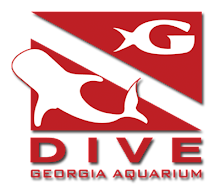
Elliott Jessup and volunteer Scientific Divers in Training, Tom McNamara and Charles Evick, joined the EPA (Environmental Protection Agency) along with Georgia Institute of Technology for a week of coral research aboard the 224’ OSV Bold, this time out of Key West. The purpose of this trip was to investigate a potentially invasive species of coral, Tubastraea coccinea.


This species of coral, azooxanthellate, does not associate with symbiotic algae, like most corals, and can live in low-light microhabitats as well as areas where hard corals are found. Due to its biological features, this species can reproduce with a single, asexual larva creating populations at an accelerated rate. Considered invasive in Brazil, and a danger to nearby native corals, some attempts have been made to eradicate it.



Tubastraea has been found mostly to inhabit artificial substrates; steel hull wrecks. The goal for this trip was to acquire data on the distribution, abundance, ecological impact, and genetic structure of this species in Florida. The dive sites consisted of the USS Vandenberg, the Amesbury, the Dry Tortugas, and places in between. Monitoring quadrates were placed on the USS Vandenberg for future sampling. The presence of Tubastraea was indiscernible on the Amesbury, the surrounding natural reefs, and in the Dry Tortugas.




No comments:
Post a Comment